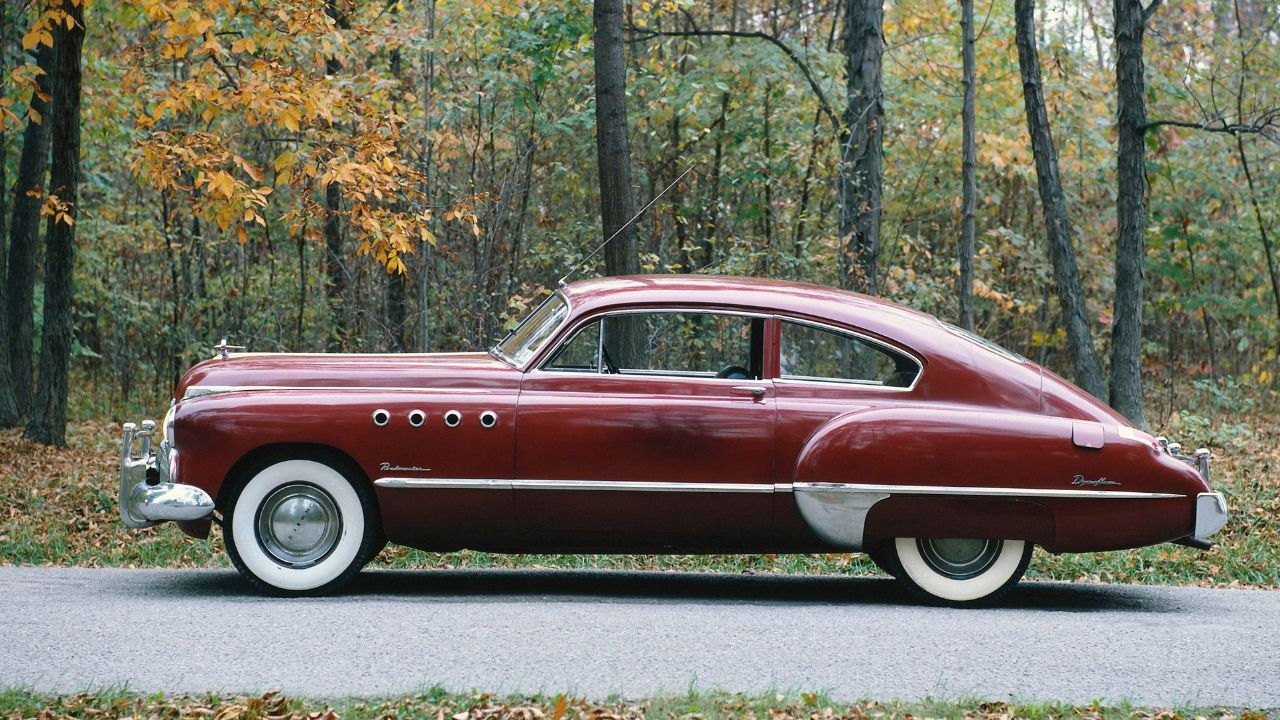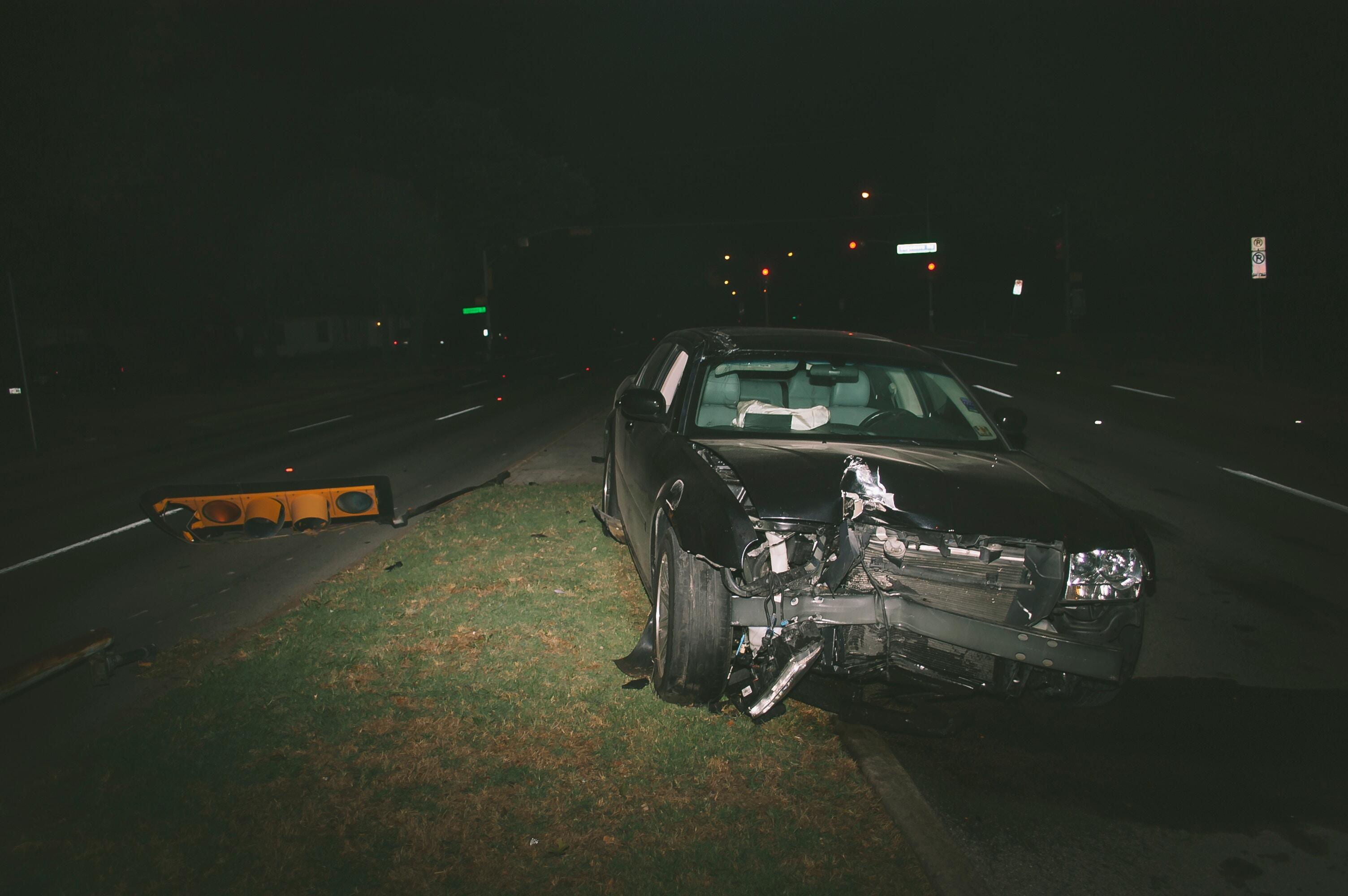
When Larry first saw the 1969 Ford Cobra, he was taken aback by its originality. It was in excellent condition with its original Raven Black paint finish. It needed a new finish, but the car was much more original than Larry expected. The Cobra was a Wisconsin native and had not been driven since its new purchase. Larry's plan for bringing the car to the next step was simple.
1969 Ford Cobra
This 1969 Ford Cobra car is a reference-quality muscle car and an investment grade vehicle. It's the centerpiece of any collection. With over $75,000 invested and two long-time owners, it's a true classic. National Muscle Cars has it for sale. The following configurations are available: R, R, and RS. The engine can be taken out of the car, and the transmission or transaxle installed in front.
This Ford is the most powerful car in 1969. The four-speed Cobra transmission delivers 335 horsepower. The car comes with competition suspension. Motor Trend tested the Cobra 4-speed and reported that it did the quarter-mile in 14.5 seconds. Ram Air kept the driver in a good position, so there was no motion sickness. It can be difficult to turn corners with the car's suspension.

1993 Ford Mustang SVT Cobra
This rare 1993 Ford Mustang SVT Cobra was a limited production version of the Fox-body sports car. It was equipped with a 5.0-liter V8 engine tuned for more power. The car's factory rating was 235 horsepower, 280 pound-feet and torque. The Mustang GT was the basis for the SVT tuning team's performance, so the car's heads were changed to GT40 parts. The engine also had modified intake manifolds and camshafts. Ventilated disc brakes were also available.
The engine was powered by a 302CI V8 engine that produced 235 horsepower. It was equipped with GT-40 Cast Iron heads with larger intake ports and valves. These head were finished with GT-40 lower intakemanifolds and an aluminum tubular upper intake, modeled after GT-40. The GT-40 manifold diverted the air into a series o rectangular ports. The Mustang Cobra's throttle body was also larger than H.O. spec engines.
1999-2004 Ford Mustang SVT Cobra
SVT provided a performance convertible called the Ford Mustang SVT Cobra between 1999 and 2004. It featured the same V6-powered engine, but was modified for better handling and performance. Cobra also got an aluminum flywheel. It also had a revised suspension that could be adjusted to different damping rates. This car had forged alloy wheels with 245/45ZR-17 BFGoodrich CompT/A tire tires. The distinctive sound of this car's suspension system began as a low, growling sound at moderate cornering speeds. It then became a loud, piercing howl at its limit.
SVT engineers worked with the Cobra's engine to reduce the car's weight by removing 50 lbs from the front. Twenty percent of this weight was caused by the engine. Six additional pounds were taken out of the Cobra's coil on-plug direct-ignition system. This Mustang SVT Cobra version has a 55/45 front-to-aft ratio that is approximately 1 foot less than the previous model. The new SVT Cobra is 110 pounds lighter than its predecessor.

2010 Ford Mustang Cobra Jet
Ford Mustang Cobra Jet, a high-performance supercar, debuted in 2008. This supercar is now in its fourth generation. It has several upgrades to make it even more powerful. Cobra Jet's 2010 version features a new fuel system that uses a return-type system inside the trunk. The intercooler coolant tank has been replaced with aluminum, which increases its capacity and withstands pressurization better. Fans and a line lock are also included on the supercar. This disables rear brakes in case of a burnout.
The 2010 Cobra Jet starts out as a basic white Mustang, and then goes to Watson Engineering, a specialist performance car shop, to install a cage and other modifications. It also gets a NHRA-legal rear side delete panel, firewall and transmission access doors. It is then shipped back home to AAI, where the new Cobra Jet performance logo and name are applied. The Cobra Jet's engine, suspension and transmission are modified to produce a higher horsepower than its V6 counterpart.
FAQ
What length of an automotive course is it?
An automotive course is three years long.
The first year is spent on theory, learning all about cars. Practical training is the second year. You will learn to drive, fix engines and perform other tasks around the car. You will spend the final year working in a local garage to gain real-world experience.
Is it worth becoming a mechanic?
This question is dependent on your life goals. If you are looking to make money, then yes. But if meaning and purpose is what you seek, then no.
If you don't have any mechanics skills, then there's no point getting into it because you'll just end up wasting time. It's not going to make you rich. It's unlikely that you will be famous. It is unlikely that you will be made famous.
It would take you years to learn how to do everything correctly. Then you'd still have to pay someone else to fix your car when it breaks down. That's why most people don't bother doing it at all. They find something else to do.
To sum up, if you want to earn lots of money then go ahead. The mechanic's profession is not the right place for you if it means that you will live a fulfilled life.
Does it really matter what college I choose?
Not really. There is no difference in the programs offered by colleges for getting into automotive work. Some schools have better programs than others, so you might want to look elsewhere if your goal is something more specialized.
Is automotive mechanic a promising career?
The automotive industry is full of exciting opportunities for those who are dedicated to excellence. The best way to succeed in this field is by working hard and learning as much as possible from others.
Because you will be spending most of your time communicating with customers and employees, you will need excellent communication skills. You must also be willing and able to travel long distances, which can make it difficult to commute.
Take classes at community colleges or universities if you're interested to work in automotive. Many schools offer programs specifically designed for students interested in auto repair, sales, or customer service.
Studying mechanical engineering is an option if you're interested in pursuing a degree. You can get your bachelor's degree in as little as four years.
In addition, many companies will hire graduates straight out of school. So it's wise to start looking for employment while you still have the chance to study part-time.
After you complete your education, you may need to undergo some type of training before you can become an automotive technician.
You will need to pass the Automotive Service Excellence certification exam. This test covers engine maintenance and brakes as well as suspension.
Once you've passed the ASE test, you can apply for a license issued by the National Institute for Automotive Service Excellence.
You can repair vehicles owned by private citizens with a license. You'll be paid based upon the number of services provided.
It's important to note that not all states require licensing. A license is required if you plan on working outside of your home state.
Some states don’t issue licenses until a certain amount has been completed. If you are one of these people, you might need to look for another alternative.
What qualifications does a truck mechanic need?
While you may not have the formal qualifications to perform this job, your skills are well-rounded in working on engines and trucks. Your knowledge is valuable as you are able to quickly diagnose problems and work efficiently.
Additionally, you have a solid knowledge of diesel technology that will enable you to determine what parts are necessary to repair our vehicles.
Statistics
- There were 749,900 jobs available for automotive service technicians and mechanics in 2016, which is expected to grow by six percent through 2026. (jobhero.com)
- Apprentice mechanics earn significantly less hourly than mechanics who have completed training, with a median wage of approximately $14.50 an hour, according to PayScale. (jobhero.com)
- The U.S. Bureau of Labor Statistics (BLS) reports that the job outlook for automotive service technicians and mechanics is expected to decline by 4% from 2019 to 2029. (indeed.com)
External Links
How To
How to correctly diagnose your vehicle for repairs
To determine if your car needs repairs, you should first look at the symptoms that your car presents. These steps will help you diagnose your car properly.
-
Check engine lights. Make sure to check all dashboard indicators like the engine light indicator (oil pressure gauge), the battery indicator (battery light indicator), and the RPM indicator (rpm gauge). If any of these indicators have been flashing continuously for several days it could mean that there is something wrong with your vehicle.
-
Take a look at the treads. Tires can become worn and cause problems in handling and braking. The treads of the wheels should be inspected as well. They should be clean and smooth. You can do this by taking off the wheels. You can check the tread wear with a flashlight.
-
Observe the brake fluid level. Keep track of the brake fluid level in your vehicle. This will ensure your brakes function properly. Your brakes may fail if the brake fluid level drops.
-
The suspension system should be tested. A suspension system is designed to absorb vibrations and shocks. It gives you better control and allows for smoother accelerations and decelerations. It might feel uncontrollable or wobbly if your vehicle is suffering from a suspension problem. To test whether your vehicle has a suspension issue, try putting weight on the front or rear axle and observe the movement.
-
Examine your steering column. The steering column connects the steering wheel to all other components of the vehicle. Steering columns can be damaged by accidents. If yours feels loose or shaky, you should replace it.
-
Observe the exhaust pipes. Exhaust pipes help move gases from the combustion chamber to the atmosphere. If your exhaust pipe leaks or cracks, it will allow harmful fumes into your cabin. Additionally, your tailpipe should be fixed immediately if it is bent.
-
Check under the hood. Take a look underneath the hood to find any strange or unusual items. There could be fluid leaking from your engine. In addition, if you notice an unusual smell coming from your engine compartment, you should contact a professional technician.
-
It is important to inspect the air filter. The outside environment collects dust and other particles in the vehicle's filter. Your vehicle will run less well if it has a dirty filter. Replace your air filter regularly.
-
Check the fan belt. Your vehicle's fanbel is what connects the engine and the transmission. If the fanbel breaks, your engine won't turn. The process of replacing the belt is straightforward. All you need are a screwdriver & pliers.
-
You should inspect the radiator and hoses. The radiator hose transports water from radiator to engine. It can cause hot liquid to leak onto the engine if it is damaged or cracked. To repair the hose, you will only need to use a pair needle-nosepliers and a wire brush.
-
Make sure you have the windshield wipers checked. Windshield wipers use electricity to clean away snow and rain. If they stop working, they could leave streaks on your window glass. Change the washer fluid to fix the problem.
-
Check the battery cables. The batteries provide power to the electrical systems within your car. If you are replacing batteries, disconnect the negative cord first. Failure to do so can damage your alternator.
-
Be sure to check your headlights. The headlights will illuminate the road ahead. If they don't work properly, it can cause poor visibility. To check if the bulbs have gone out, you can inspect them.
-
Always check your lights. The lights are there to warn other drivers if they approach you at night. You could be distracted and cause an accident if one does not work.
-
Check the brakes. Before you get in a car accident, your brakes will be slowing down your vehicle. You may lose control of your vehicle and crash if the brakes don't function properly.
-
Make sure to change the oil. Keep your engine lubricated with oil. It prevents metal parts from rusting too quickly. Changing the oil every month is recommended.